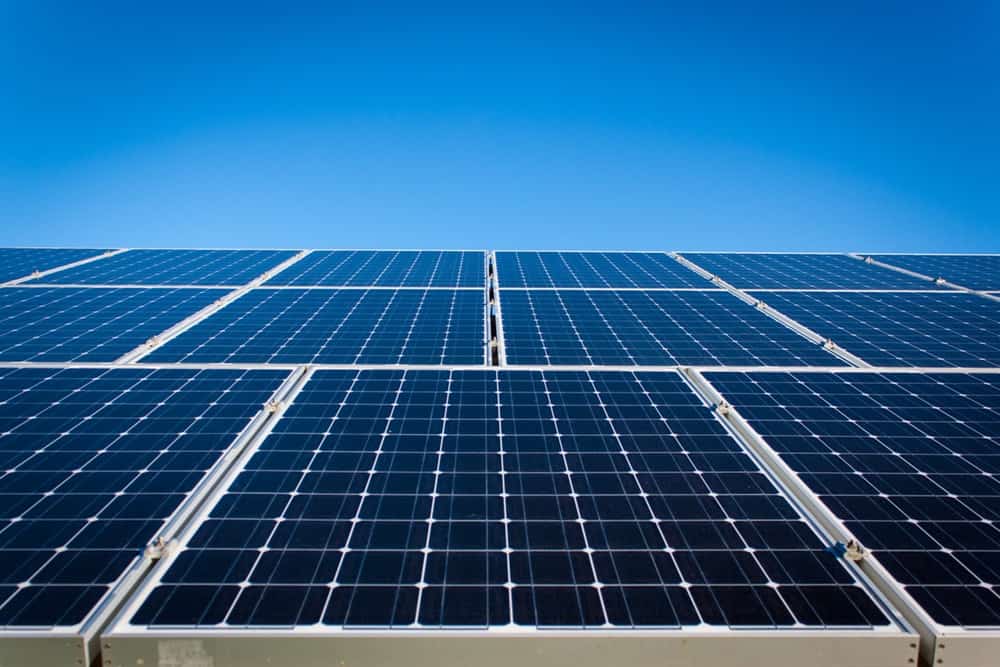
Good day,
The procurement of solar energy by U.S. utilities have escalated at a brisk pace in the first half of 2018, regardless of the Trump government’s 30% tariffs on imported solar panels. Reuters reported that a record 8.5 gigawatts (GW) of utility solar projects have been procured this year, thus increasing utility-scale solar forecast for 2018 through 2023 by 1.9 GW.
One of the reasons for the increase could be due to the recent Chinese government cut down on domestic solar subsidies, which has flooded the global solar market with low-cost China-made solar panels. This meant that the U.S. government tariffs had little bearing on the final costs, helping U.S. importers safely circumvent the protectionist policy. Apart from this, domestic investments in the solar industry have also increased after the tariffs were announced in January, as companies found new incentives in putting money into U.S. manufacturing units.
Did you know?
The U.S. solar industry employs more than 250,000 people, with about 40% of those people in installation and 20% in manufacturing, according to the U.S. Energy Information Administration.
Quotable:
“FedEx Ground has operated six- and seven-day operations during the holidays for several years as e-commerce has grown, and thanks to strategic investments in our network, we are now well-positioned to operate six days a week in the U.S. all year to best serve the rapidly growing demand.”
– Raj Subramaniam, Executive VP for FedEx on the company’s push towards six-day per week service
In other news:
UPS lays out plans for more-profitable shipping
UPS believes it has an answer for the flood of lower-margin packages it carries for large shippers like Amazon.com Inc.: small businesses and health care. (The Wall Street Journal)
Carney warns rates may rise in no-deal Brexit meltdown
Bank of England Governor Mark Carney gave a stark warning of the dangers of a no-deal Brexit that could see mortgage rates raised even as economic output and house prices tumble. (Bloomberg)
New Mexican President looks to boost oil output by 800,000 bpd
This week, Mexican President Obrador announced that his government will be pouring $3.9 billion of next year’s budget into oil extraction, specifying the allocation of his previously disclosed $16 billion investment plan for Mexican oil in 2019. (Oilprice)
Germany has proven the modern automobile must die
Germany’s shortfall has proven that the only way to achieve aggressive emissions reductions is to overhaul the gas-powered car and its culture (Wired)
Trump’s new NAFTA auto rules may not boost U.S. jobs
Lack of evidence of job creation could be problematic when Trump presents the deal to Congress for a vote. (Politico)
Final thoughts:
The Chinese auto market is the largest in the world, but it is showing signs of growth stagnation, leading to a lot of furrowed brows in the OEM circles. According to the China Passenger Car Association, car sales fell by 7% year-on-year in August, only increasing on its yearly fall starting since this June, when it slipped by 3%. Most of the foreign car makers have had a great run in China, through joint ventures, imports across the wealthy Chinese East Coast, parts sales, and royalty. Nonetheless, companies do not disclose the details of their profits in China, as investors in the West believe it to be risky exposure.
But there have been some visible cracks across the armor this year, as Ford came out mentioning that it lost $483 million last quarter in China, as it was forced to design new models to be sold in the country as per its joint venture. This led to a cascade in Ford’s stocks, tipping by 11% since July. German auto-majors might be the worst hit by the slowdown, as their interests in the region is far too heavy, with China contributing more than 40% of the total profit to both BMW and Mercedes-Benz last year.
Hammer down everyone!










